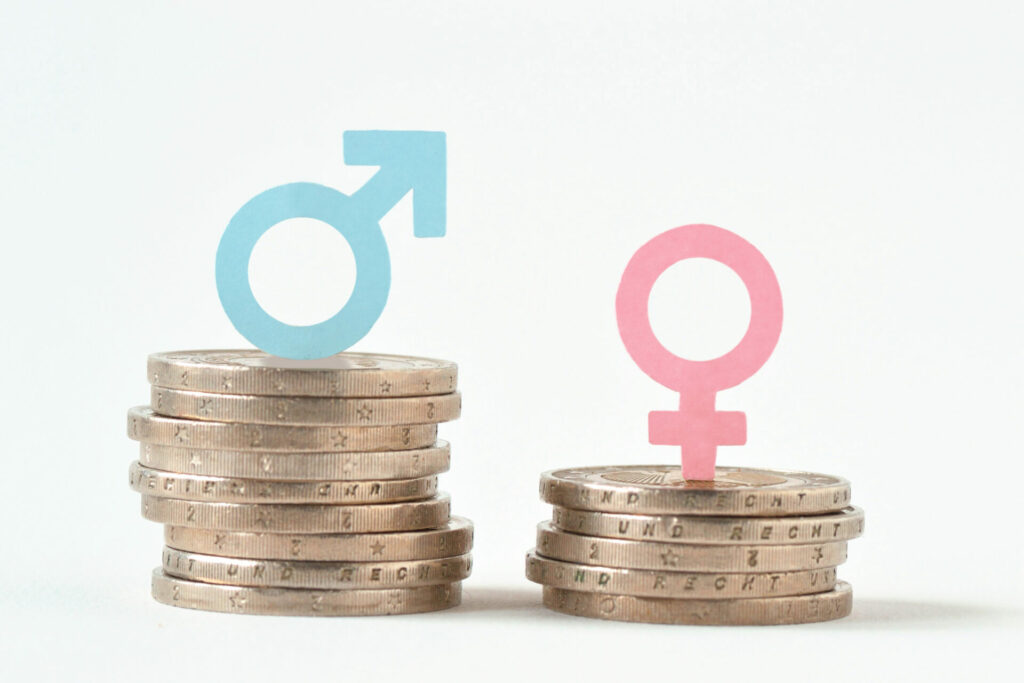Just 8% of employees think their job has a gender pay gap in favour of men, but research by HR and payroll software provider Ciphr has found that 76% of all UK occupations do.
Ciphr commissioned a survey of 2,000 UK adults, including 1,188 employees, and found that 25% of men and a 19% of women do not think there are any job roles in the UK with gender pay gaps in favour of men in 2024.
However, Office for National Statistics (ONS) data showed that, across all occupations, the median gender pay gap is 13.1%.
Women working in the UK earn £2.39 less per hour, on average, than their male peers.
Based on Ciphr’s analysis of the data, 71% of all jobs – even those predominately held by women – and the majority (89%) of industries in the UK, have gender pay gaps (of 1% or higher) in favour of men.
Yet just one in 10 employees said their industry has a gender pay gap in favour of men, and even fewer (8%) believed that their occupation or employer had a gender pay gap in favour of men.
The UK Government’s 2023-24 gender pay gap reporting data revealed that 78% of organisations with more than 250 employees had a gender pay gap, and 62% of these companies had a gap of 5% or more.
In marketing, advertising and PR, which has a gap of 20.1%, 38% of people working in this sector knew there was a gender pay gap in their industry.
Around one in four survey respondents working in insurance and pensions (pay gap: 29.8%), social care (pay gap: 11.2%), and recruitment and HR (pay gap: 6.2) also think their industries have gender pay gaps.
In comparison, those working in healthcare (pay gap: 11.2%), retail, and teaching (pay gap: 17.2%) are among the least likely to say that their industry has a gender pay gap in favour of men.
Claire Williams, chief people and operations officer at Ciphr, said: “The findings of this survey highlight an urgent need for employers to take a more active role in promoting transparency and understanding around their gender pay gap.
“The data shows a significant disconnect between perception and reality, with many employees unaware of the extent of gender pay disparities in the UK.
“This lack of awareness reinforces the importance of clear communication and education within organisations.
“The UK’s stubbornly high, double-digit (13.1%) gender pay gap reflects systemic issues that cannot be ignored.
“It’s not just a matter of fairness – it’s a matter of equity, engagement, and trust in the workplace.
“Employers must do more to uncover and address the root causes of these disparities, from recruitment practices to career progression and pay structures.
“By fostering transparency and taking concrete, measurable actions, organisations can begin to close the gap and create a workplace that truly values and rewards talent equally, regardless of gender.”
Ann Allcock, head of diversity at Ciphr, added: “Some of the overarching causes of the gender pay gap can include direct gender stereotyping and pay discrimination; occupational segregation – where there’s a gender imbalance in a role’s workforce, which can impact wages (such as more CEOs being men, or more PAs being women); women’s disproportionate unpaid caring responsibilities – where they may require more flexible working arrangements to support children or older relatives; and the ‘broken rung’ on the corporate ladder – where women may not have the same promotion opportunities to advance to management as men.
“Employers need to ensure that they fully understand what factors, if any, could be contributing to the gender pay gap within their own business, so they can make proactive changes.
“This includes conducting regular equal pay audits, promoting flexible working and parental leave options to all parents and carers, and reviewing policies and practices on starting salaries, performance-related pay, and bonus eligibility.
“Most importantly, have robust reporting capabilities in place via your HR system that can track your gender pay gap, take-up rates of flexible working, starting salaries by different genders, and return rates after maternity leave.
“It’s also worth considering how your recruitment and promotion practices may affect men and women differently.
“That can have a big impact on attracting and retaining the best employees.”
According to Ciphr, some jobs have considerably wider gender pay gaps than the UK average of 13.1%.
Female financial managers and directors, for example, were found to only earn 72p, on average, for every pound men in those roles earn, working out to £11.81 less an hour, and a gender pay gap of 27.8%.
Other commonly held jobs with big gender pay gaps include electricians (20.7%), business sales execs (17.1%), programmers and software development professionals (15.8%), protective service associate professionals (15.3%), retail managers (13.9%), marketing managers (13.6%), solicitors and lawyers (13.4%), office managers (13.4%), and CEOs (13.4%).
Just six occupations – including bar staff, retail cashiers and check-out operators, senior care workers, hairdressers and barbers, biological scientists, and national Government administrative occupations had gender pay parity in 2024.

















